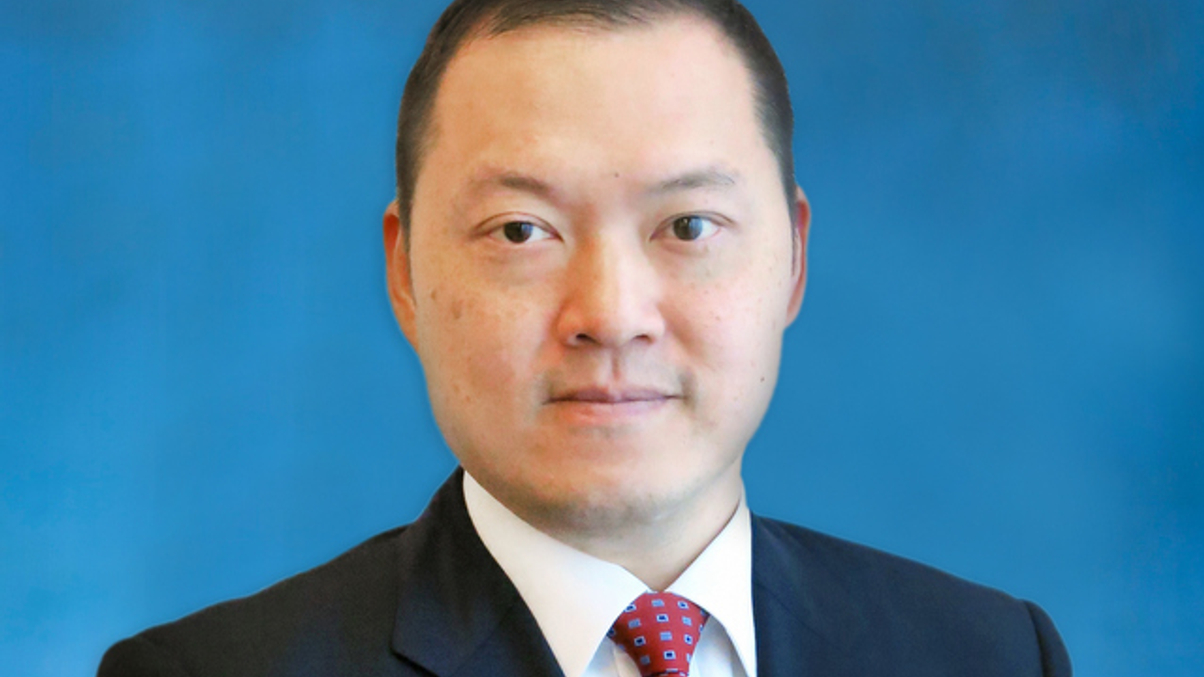Managers brace for mutual recognition hurdles
Fund firms suspect high distribution costs in China will generate thin margins in the scheme's early days, but having to hire a distribution agent could help as they consider how to scale up.

Asset managers in Hong Kong fear "exorbitant" distribution costs in mainland China will lead to razor-thin profit margins in the initial years of the pending cross-border mutual recognition scheme.
Sign In to Your Account
Access Exclusive AsianInvestor Content!
Please sign in to your subscription to unlock full access to our premium AI resources.
Free Registration & 7-Day Trial
Register now to enjoy a 7-day free trial—no registration fees required. Click the link to get started.
Note: This free trial is a one-time offer.
¬ Haymarket Media Limited. All rights reserved.


